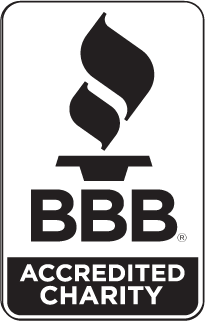Volunteer Voices: How Creative Thinking Can Take Testing To the Community
Maryland has conducted over 3 million COVID-19 tests, thanks in part to some creative thinking about how to get those tests to the people who need them. Read the latest dispatch from a Project HOPE volunteer deployed to Montgomery County, Maryland.
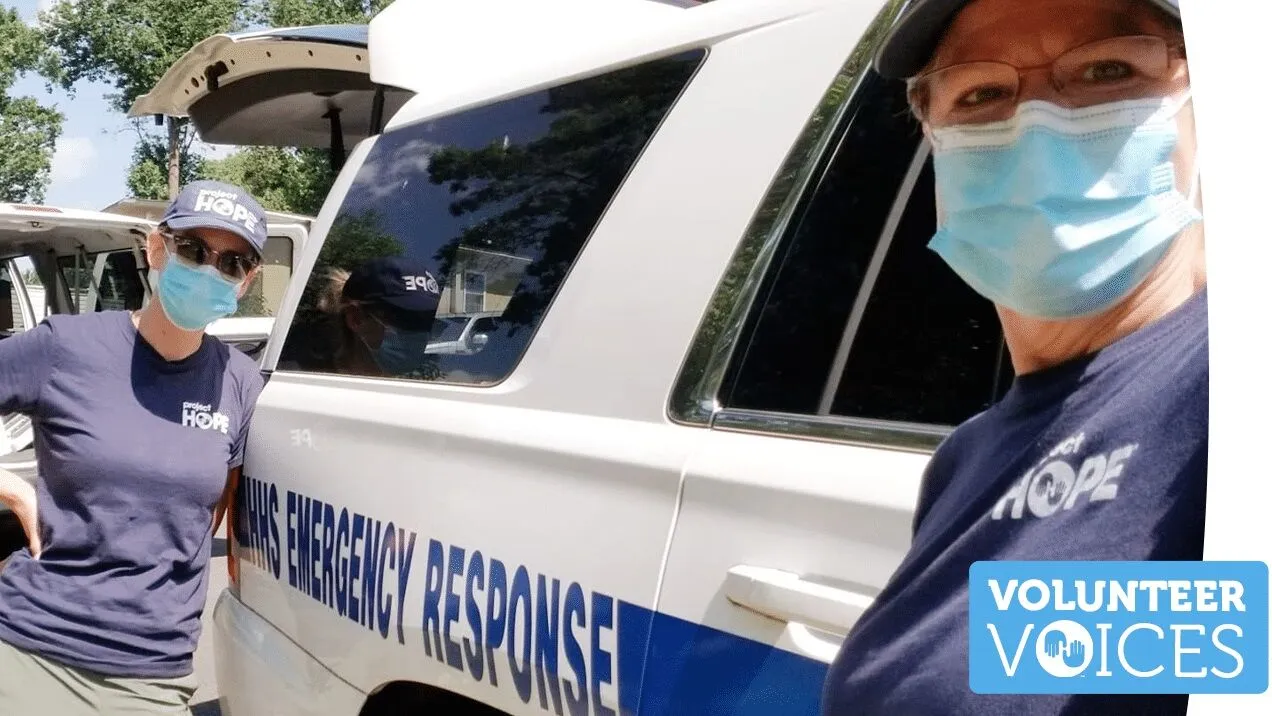
Montgomery County, Maryland — which is part of the Washington, D.C. metro area and Project HOPE’s home county — has seen nearly 25,000 cases of COVID-19 since the pandemic started. As part of our COVID-19 response, Project HOPE provided personal protective equipment and deployed a group of expert medical volunteers to assist the county’s Department of Health and Human Services as it ramped up community testing.
I landed in Baltimore after a long day of flying. It was impossible to ignore the new way of living — so many precautions were taken by so many people, it was rare to see anyone not wearing a face mask in the airport.
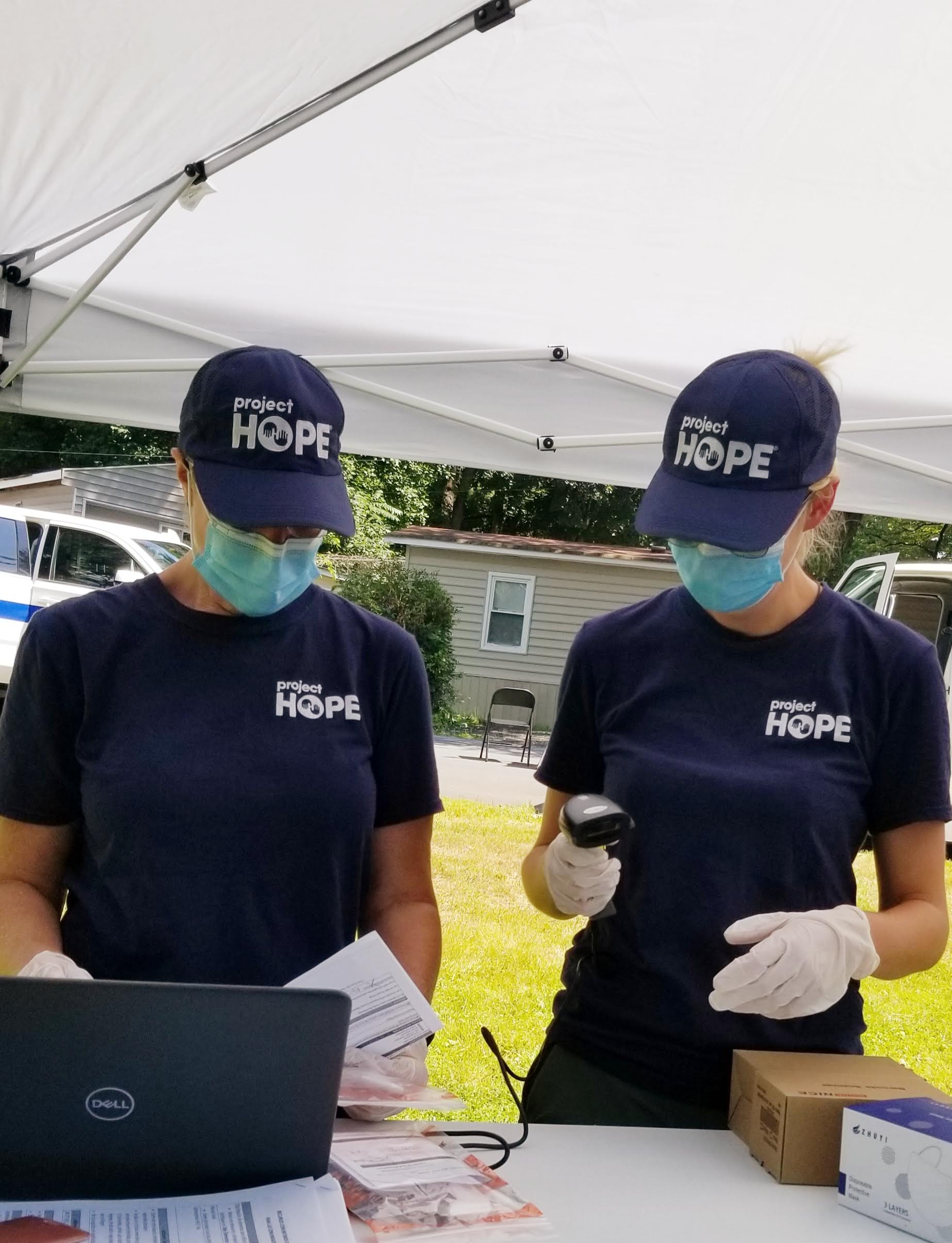
A frequent traveler, this was my first flight to anywhere in more than six months. Three scheduled trips had already been put on the back-burner for when life “returned to normal.” But this two-week trip, one arranged just four days earlier, was anything but normal, and air travel was a necessity in order to fulfill an urgent need for help with COVID-19 testing and surveillance in Montgomery County, Maryland.
On my first day, I met up with Lisa, a selfless Project HOPE volunteer and seasoned traveler of 79 countries. We started with an orientation at the Dennis Avenue Health Center: the location of the Department of Health and Human Services for Montgomery County, and the epicenter for all things COVID-19. It was here that we were introduced to key people on the front lines of COVID-19 testing and surveillance.
That day, we learned of Maryland Governor Larry Hogan’s directive to test 20,000 people every week in Montgomery County. The week before our arrival, however, fewer than 2,000 individuals had been tested. There was a substantial amount of work to do, from planning to implementation, in order to accomplish this formidable task, and we were briefed and ready to help.
In order to reach a diverse community, Montgomery County DHHS introduced some creative ideas to provide enhanced testing resources. One solution was to convert select Vehicle Emissions Inspection Program stations into drive-through testing sites. These stations were closed because of the pandemic and provided ample space.
Everyone who was tested at these sites was pre-registered by the COVID-19 call center with an appointment. Upon arrival, they would drive through the process, first stopping at a tent to confirm registration and demographic details and then proceeding into an open VEIP station bay for testing, all while remaining in their car. Five bays conducted testing simultaneously, and with the help of volunteers from the Civil Air Patrol, cars proceeded through the testing center with cooperation and ease.
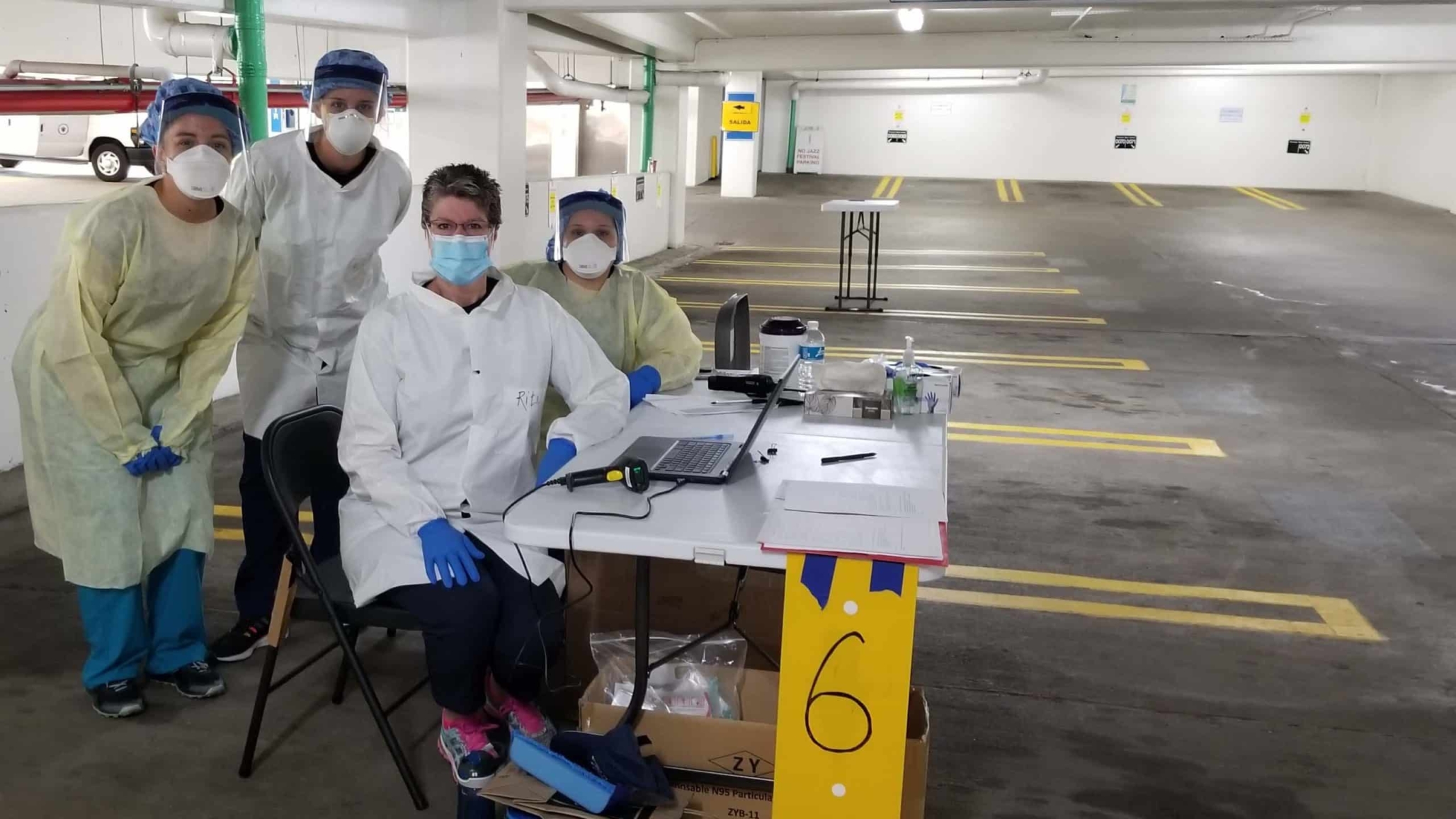
Other creative solutions involved utilizing empty parking garages (which could process over 400 tests every four hours), as well as homeless shelters, nursing homes, a local recreation center, and mobile home communities — the latter of which was held outside in the community playground area, complete with pop-up tent canopies to shade the volunteers and people being tested.
The theme of all of the innovative approaches was to embed testing sites into each community for easier accessibility. All the tests were completed at no charge, making the testing not only accessible but affordable to anyone who wanted one. It was obvious to me that eliminating barriers to testing was of high importance to the dedicated team of leaders at DHHS.
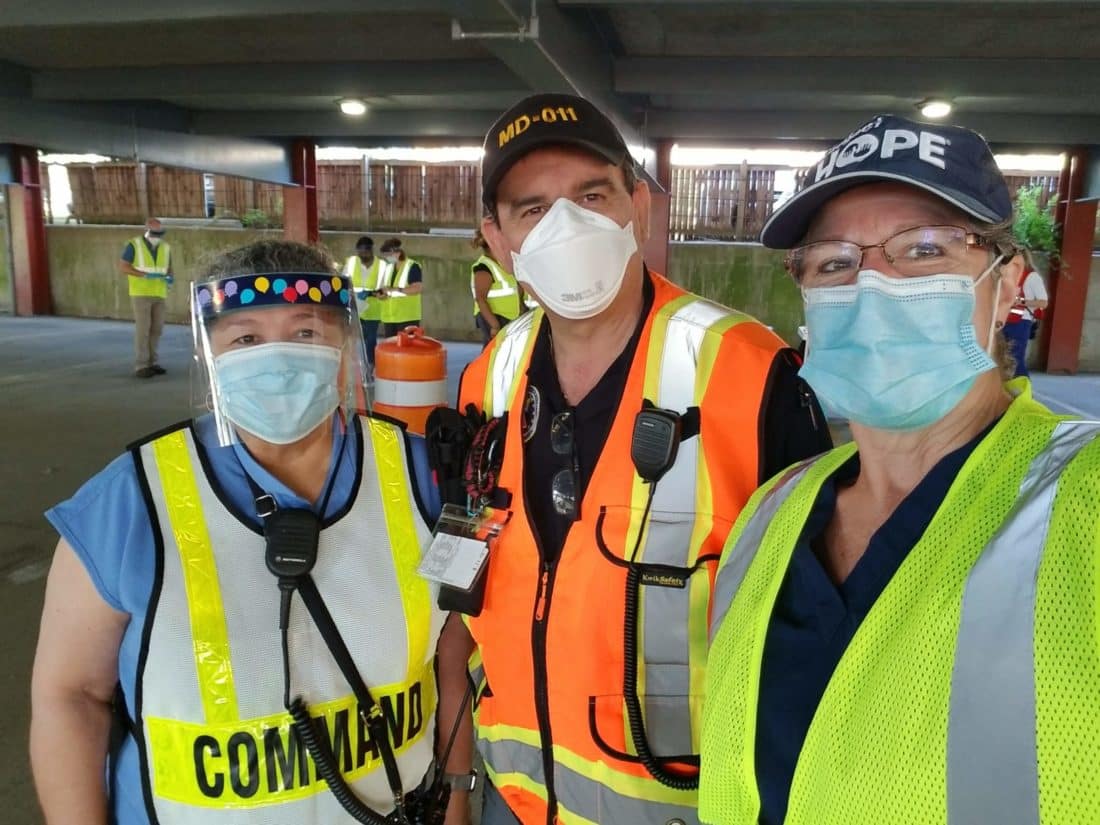
One other component of creative thinking that brought testing to the community was the organization of augmented staffing needed for the robust goal of testing upwards of 10% of the county’s population on a monthly basis. This need was met through redirecting county resources and personnel in an incredibly effective way: school nurses and nurses’ aides, no longer on-site in schools and now collecting unemployment, were called in to staff up the county personnel pool of workers and assist with the expanded testing demands.
The theme of all of the innovative approaches was to imbed testing sites into each community for greater ease of accessibility.
As the nurses and nurses’ aides were already employed by the county, this resourceful use of people to staff the testing stations put many people back to work and allowed the increased operational needs of additional personnel to be easily fulfilled. I was incredibly impressed with their flexibility, unwavering support of the mission, and medical understanding of the symptoms associated with the virus.
The last day of my deployment, I met with dedicated people in the community who were assisting with other unmet needs of the neighborhood due to the pandemic. In collaboration with them, and in discussion with leaders at DHHS and Project HOPE, I was able to give a bird’s-eye view of gaps in testing and present the minor challenges that lie ahead.
Overall, Montgomery County has implemented some new and thoughtful strategies to meet the need for expanded testing. From the front lines to the top level of leaders, the people were passionate, dedicated, and unwavering in their work to provide the communities of Montgomery County the best opportunities for ease of access to free testing. As I flew home, I contemplated the tremendous amount of work already accomplished and felt privileged to be part of it.
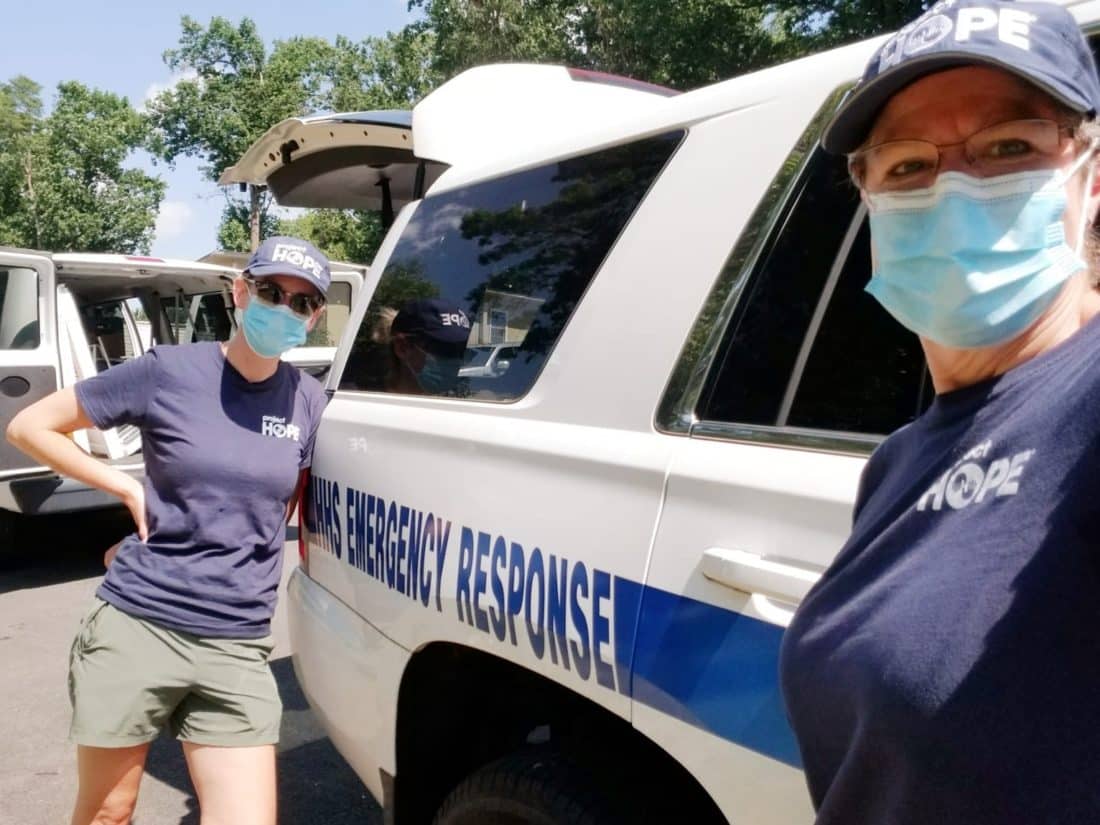
Rita Henderson, MSN, RN, CEN, CPEN, is an independent nurse consultant, an educator and clinician for Kalispell Regional Healthcare and North Valley Hospital in Northwest Montana, and an active registered nurse volunteer for Project HOPE.







